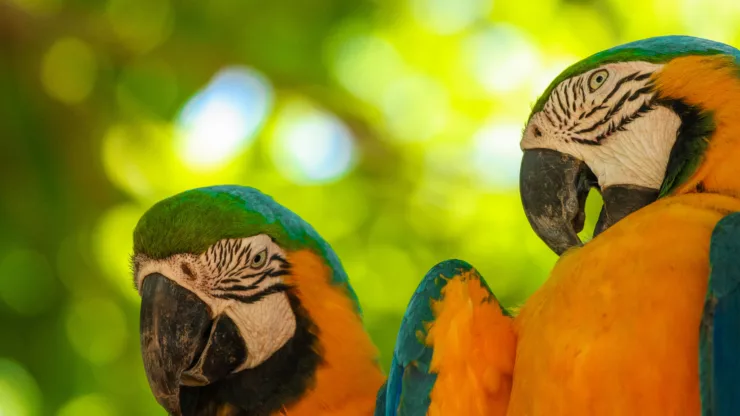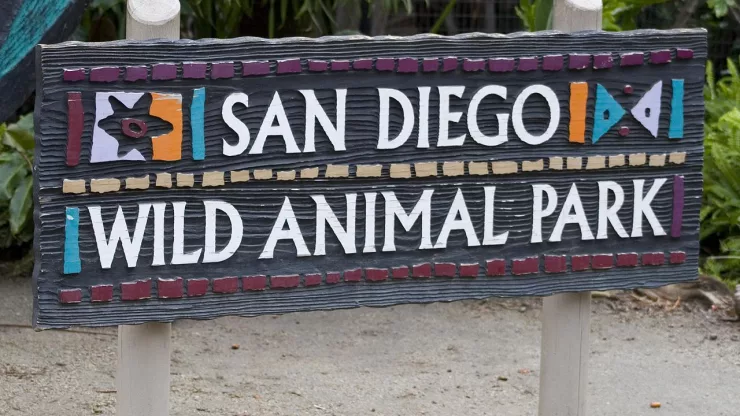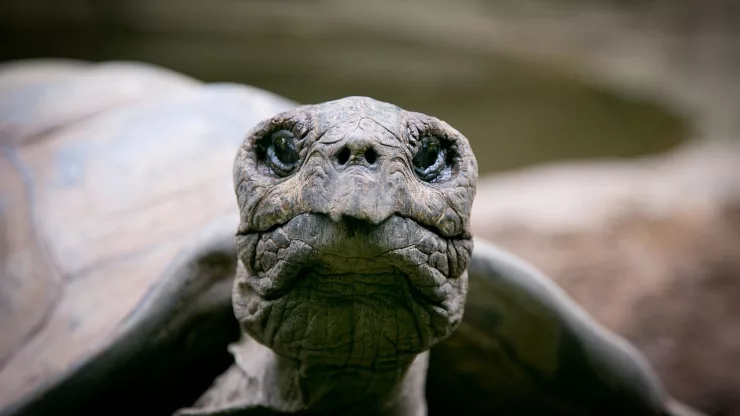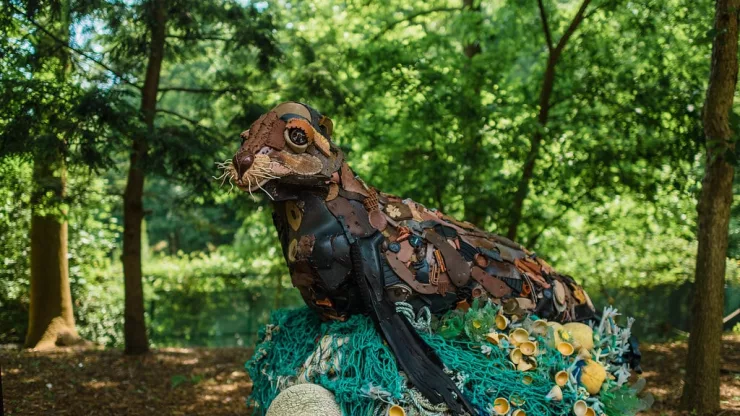Jump to Section
Discover the Pantanal: Brazil’s Wildlife Paradise
The Pantanal is a natural region located in the heart of South America, occupying an area of approximately 140,000 square kilometers.
This unique ecosystem is home to an incredible variety of flora and fauna, making it one of the most biodiverse places on the planet.
The Pantanal is a treasure trove of wildlife, with over 3,500 species of plants and animals, including the iconic jaguar.
Visiting the Pantanal is a magical experience that allows you to connect with nature and witness incredible wildlife up close.
In this article, we’ll take a journey to the heart of the wetlands and discover the flora and fauna that make this region so special.
We’ll also learn about the iconic jaguars of the Pantanal and explore the sustainable ecotourism options available to visitors.
A Journey to the Heart of the Wetlands: Flora and Fauna
The Pantanal is a stunning natural wonderland, characterized by its vast wetlands, rivers, and lakes.
The region is home to an incredible variety of flora and fauna, with over 3,500 species of plants and animals.
Here are some of the most fascinating species you can expect to see:
- Giant Otters: These sleek and playful creatures are the largest otters in the world and can be found swimming in the rivers and lakes of the Pantanal.
- Hyacinth Macaws: These stunning birds are the largest parrots in the world and are known for their bright blue feathers and long tail feathers.
- Capuchin Monkeys: These intelligent primates are a common sight in the Pantanal and can often be seen swinging through the trees.
- Anacondas: These massive snakes are one of the largest in the world and can grow up to 30 feet long.
- Capybaras: These adorable rodents are the largest in the world and can often be seen lounging on the riverbanks.
The flora of the Pantanal is equally impressive, with a wide variety of plants and trees adapted to the wetland environment.
Some of the most common trees in the region include the carandá palm and the embaúba tree.
The Pantanal is also home to a wide variety of aquatic plants, including water hyacinths and water lilies.
Meet the Jaguars: The Iconic Species of the Pantanal
The jaguar is undoubtedly the most iconic species of the Pantanal and is one of the main reasons why visitors come to this region.
The Pantanal is home to the largest concentration of jaguars in the world, making it the best place to see these majestic big cats in their natural habitat.
Jaguars are the third-largest big cat in the world and are known for their distinctive yellow-orange coat with black spots.
They are apex predators and are at the top of the food chain in the Pantanal.
They primarily hunt capybaras, but will also prey on caimans, deer, and other small mammals.
Visitors to the Pantanal can embark on a jaguar safari to see these magnificent creatures up close.
The best time to see jaguars is during the dry season (June to October), when they are more likely to come out into the open to hunt.
Ecotourism in the Pantanal: A Sustainable Way to Explore Nature
The Pantanal is a fragile ecosystem, and it’s important to explore it in a sustainable way.
Ecotourism is an excellent way to experience the beauty of the Pantanal while minimizing your impact on the environment.
There are many sustainable ecotourism options available in the Pantanal, including guided tours, wildlife safaris, and river cruises.
These tours are led by knowledgeable local guides who are passionate about conservation and are committed to preserving the natural beauty of the region.
By choosing to participate in sustainable ecotourism activities, you can help support local communities and contribute to conservation efforts in the Pantanal.
FAQ
When is the best time to visit the Pantanal?
The best time to visit the Pantanal is during the dry season, which runs from June to October.
During this time, the water levels are lower, making it easier to spot wildlife, including jaguars.
What is the climate like in the Pantanal?
The Pantanal has a tropical wet and dry climate, with hot and humid summers and cooler, drier winters.
Temperatures can range from 20°C (68°F) in the winter to 40°C (104°F) in the summer.
What is the difference between the Pantanal and the Amazon rainforest?
The Pantanal is a wetland ecosystem, while the Amazon rainforest is a dense tropical forest.
The Pantanal is home to a wide variety of aquatic plants and animals, while the Amazon is known for its incredible biodiversity and towering trees.
I’m a nature enthusiast and creator of Metro Wilds and have spent years exploring the great outdoors.
With a passion for environmental conservation and sustainability, I have dedicated my career to writing about the beauty and wonders of nature, as well as the threats facing our planet.
Contact me at [email protected] for assistance.





